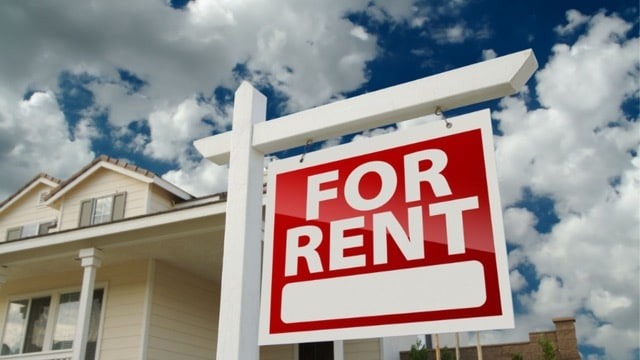The Current Rental Market in Canada: Trends, Insights, and What Renters Can Expect in 2025
Canada’s rental market in 2025 is at a pivotal moment, shaped by shifting economic conditions, new housing supply, and evolving demand patterns. Whether you’re a renter, landlord, or investor, understanding these dynamics is key to making informed decisions. Here’s a comprehensive look at the latest trends, regional differences, and what’s driving change in Canadian rentals this year
4/10/20252 min read


Canada’s rental market in 2025 is at a pivotal moment, shaped by shifting economic conditions, new housing supply, and evolving demand patterns. Whether you’re a renter, landlord, or investor, understanding these dynamics is key to making informed decisions. Here’s a comprehensive look at the latest trends, regional differences, and what’s driving change in Canadian rentals this year.
Rental Prices: A Surprising Decline Across Major Cities
After years of relentless rent increases, 2025 has brought a notable shift. According to the March 2025 Rentals.ca Rent Report, average asking rents across Canada dropped 4.8% year-over-year, bringing the national average to $2,088-the lowest since July 20232. This marks the fifth consecutive monthly decline, a stark contrast to the double-digit annual increases seen just a year prior.
Toronto and Vancouver, traditionally Canada’s priciest rental markets, are leading this downward trend. Toronto’s average one-bedroom rent fell 5.4% year-over-year to $2,359, while Vancouver saw a 5.1% decrease to $2,5182. Even within Metro Vancouver, rents for unfurnished one-bedroom units dipped slightly to $2,275 in May 2025, with regional averages down $92 compared to last year3. However, some pockets-like West Vancouver and Richmond-remain exceptionally expensive, with one-bedroom furnished units reaching as high as $2,754 per month.
Regional Variations: Affordability and Growth Hotspots
Not all markets are experiencing rent declines. Cities like Guelph and Halifax saw year-over-year increases of 5% and 4.9%, respectively, while Quebec City led the nation with a 12.1% surge in rents2. Calgary and Edmonton, on the other hand, have become more affordable, with Calgary’s rental prices dropping 7.5% year-over-year.
Ontario, facing ongoing affordability challenges, posted a 4.2% drop in average asking rents, settling at $2,329. Meanwhile, more affordable provinces like Alberta and Quebec are seeing renewed demand and faster price growth, especially in urban centers.
What’s Driving the Change?
Several factors are influencing Canada’s rental landscape in 2025:
Increased Rental Supply: A record number of new rental units, especially condominiums and purpose-built rentals, are coming online this year, easing pressure on vacancy rates and moderating rent growth.
Slowing Population Growth: Federal immigration targets have been adjusted, leading to slower population increases and, consequently, softer rental demand.
Economic Recovery and Lower Interest Rates: Improved job markets and income growth are making homeownership more accessible, encouraging some renters to transition to buying, which reduces rental demand.
Regional Employment and Migration: Cities with strong employment gains and international migration, such as Saskatoon and Winnipeg, are seeing persistent rental demand and low vacancy rates, supporting continued rent growth in those areas.
Vacancy Rates and Rent Growth Outlook
Vacancy rates are expected to rise in 2025 and 2026 as new supply outpaces demand growth, especially in markets like Calgary and Saskatoon. This will further slow rent increases, with national rent growth projected to cool to 3-4% for purpose-built rentals in 2025. However, affordability remains strained in many regions, and rents are unlikely to fall dramatically unless there is a significant economic downturn.
Key Takeaways for Renters and Landlords
Renters: Now may be a good time to negotiate or shop around, especially in major cities where rents are declining and vacancy rates are rising. However, be aware that affordability challenges persist in the most desirable neighborhoods.
Landlords: With more competition and higher vacancies, attracting and retaining tenants may require more flexibility on pricing and incentives.
Investors: The cooling rental market and increased supply could present opportunities in emerging markets with strong employment and population growth.
About ZU Cafe
ZU Cafe is an intuitive and powerful property management software designed to streamline your rental tasks while boosting revenue. Our cloud-based platform allows landlords to effortlessly manage their rental portfolios from anywhere, while providing tenants with a smoother and more convenient rental experience.
info@zucafe.ca
Toronto ON Canada
© 2025 ZU Cafe All Rights Reserved.
CONTACTS
Calendar & Notifications
Accounting & Reporting
Tenant Management
Maintenance
Property Details
|
